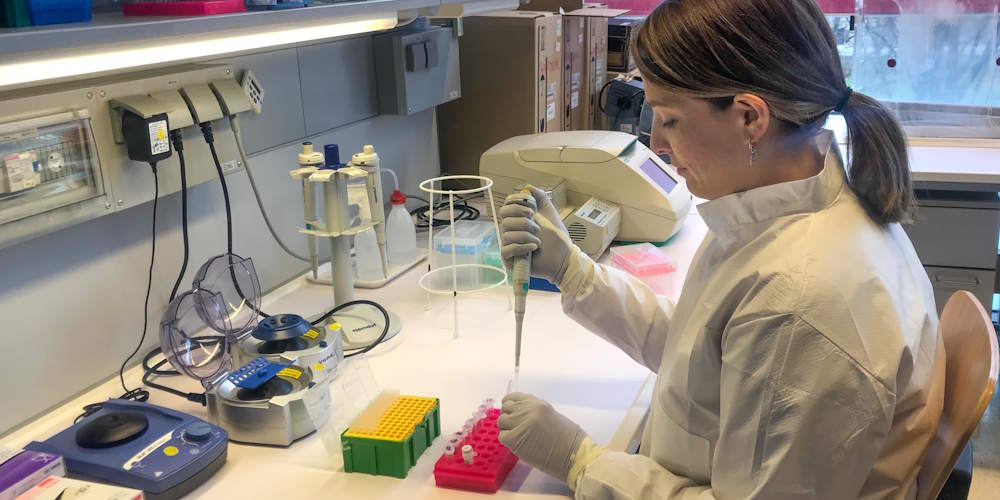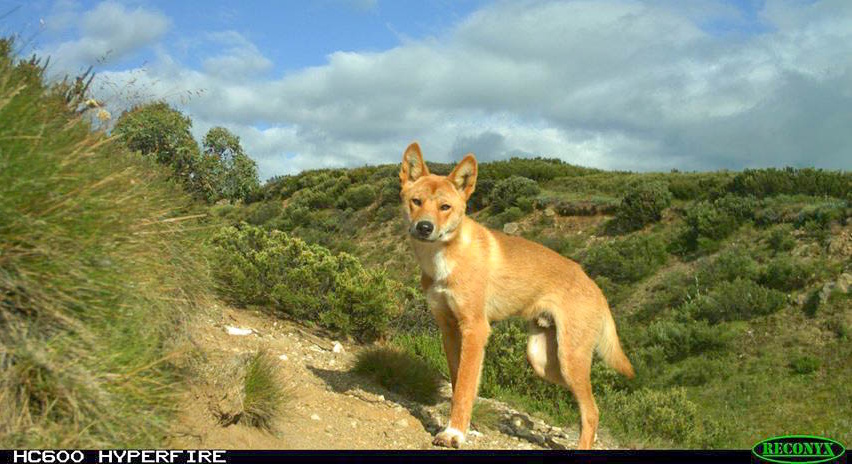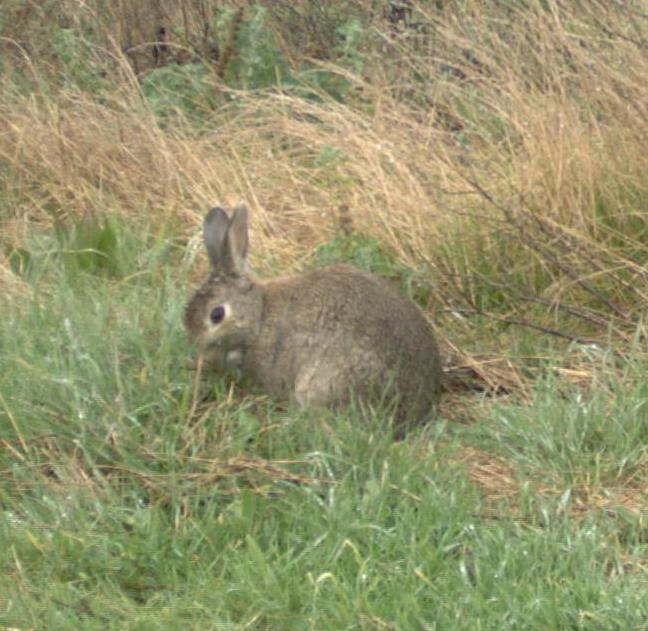In short
|

Lauren pipetting genetic samples in the laboratory.
Why managing wildlife disease matters
Wildlife disease risk management is critical for safeguarding biodiversity, agriculture, and public health. Emerging pathogens can devastate threatened species, pushing vulnerable populations closer to extinction and disrupting fragile ecosystems.
In agricultural landscapes, wildlife can act as reservoirs or vectors for diseases that spill over into livestock, causing economic losses and threatening food security. Some pathogens also have the potential to jump from animals to humans, triggering outbreaks with serious human health consequences.
Proactive surveillance, modelling, and intervention strategies are essential to detect threats early, guide evidence-based responses, and build resilience across conservation, farming, and health sectors.
At ARI, we are working with governments and wildlife managers to:
- detect emerging pathogens before they escalate
- guide decisions on disease control and conservation
- strengthen biosecurity and prevent spillover to livestock or humans.
Our expertise
At ARI, we pride ourselves on our in-house capability to:
- Design and implement robust surveillance systems for wildlife pathogens.
- Understand how pathogens behave and predict the outcomes of disease management actions using advanced genetic analysis tools.
- Translate our findings into actionable insights for policy, conservation, and invasive species control.
To do this important research, we leverage three fields of expertise to ensure wildlife managers have the information they need:
- Wildlife disease investigation - field studies and molecular analyses that help us to understand how diseases emerge, spread, and impact ecosystems.
- Epidemiological modelling - simulating disease dynamics to test management strategies like vaccination, culling or surveillance.
- Phylodynamic analysis - using genetic data to trace transmission pathways, outbreak origin, and cross-species risks.
Wildlife disease investigation is a cornerstone for effective conservation, biosecurity and animal health management. It helps us understand how diseases emerge, spread, and impact native species, livestock, and ecosystems. Additionally, wildlife disease investigations provide the critical real-world information needed to calibrate epidemiological models.
Key applications for wildlife disease investigation:
- Early detection of emerging threats – detecting new pathogens before they become widespread.
- Disease dynamics – understanding how pathogens change over time and space.
- Management decisions - informing actions such as whether to cull, vaccinate, or monitor.
- Supporting conservation - identifying disease risks to threatened species and identifying mitigation actions.
- Enhancing biosecurity - guiding policy on surveillance, vaccination, and outbreak response to prevent spillover from wildlife to livestock or humans.
Epidemiological modelling is a powerful tool that helps scientists and decision-makers understand how diseases spread in wildlife populations—and how best to control them. By simulating real-world scenarios, models allow us to test “what if” strategies without risking animal health or waiting years for outcomes. Modelling gives us a window into the future and a roadmap for action.
Key applications for epidemiological modelling:
- Predicting disease spread – simulate how diseases move through populations over time and help identify key transmission routes.
- Quantifying uncertainty – models incorporate real-world variability, helping managers understand best- and worst-case scenarios. This is especially important for diseases with unknown dynamics or limited data.
- Informing policy and preparedness – supports planning for responses to potential exotic disease incursions and prioritises both surveillance and mitigation efforts.
- Evaluating control strategies – allows for the rapid testing of interventions like culling, vaccination, or biosecurity upgrades.
- Supporting conservation - assesses the impact of emerging diseases on threatened species and can help allocate resources for mitigaton actions.
Phylodynamics uses genetic data to estimate parameters relevant for epidemiological studies, such as reproductive number, transmission rates and geographical spread. It offers a powerful framework for understanding the spread and past history of pathogens across space and time.
This approach is especially valuable for wildlife diseases where traditional surveillance is often limited. It provides information of the time and location of origin of outbreak or whether infections are increasing.
Key applications of phylodynamics:
- Origins and pathways of spread – by reconstructing phylogenetic trees from genetic data, we can trace the introduction routes and dispersal patterns of pathogens, informing targeted surveillance and control strategies.
- Transmission dynamics – helps to identify key transmission events and host species, informing options for interventions and understanding cross-species transmission risks, especially in zoonotic contexts.
- Temporal dynamics - by incorporating molecular clock models, we can estimate the timing of introduction or outbreak events, which is crucial for retrospective analyses and evaluating the effectiveness of past management actions.
Case studies
You can learn more about how ARI is applying our genetics expertise through these projects:
Publications
- Pacioni C, Vaughan TG, Strive T, Campbell S, Ramsey DS (2021) Field validation of phylodynamic analytical methods for inference on epidemiological processes in wildlife. Transboundary and Emerging Diseases.
- Ramsey DSL, Cox T, Strive T, Forsyth DM, Stuart I, Hall R, Elsworth P, Campbell S (2020) Emerging RHDV2 suppresses the impact of endemic and novel strains of RHDV on wild rabbit populations. Journal of Applied Ecology 57(3), 630-641.
- Cripps JK, Pacioni C, Scroggie MP, Woolnough AP and Ramsey DSL (2019). Introduced deer and their potential role in disease transmission to livestock in Australia. Mammal Review 49, 60–77.
- Heard GW, Thomas CD, Hodgson JA, Scroggie MP, Ramsey DSL and Clemann N (2015). Refugia and connectivity sustain amphibian metapopulations afflicted by disease. Ecology Letters 18, 853–863.
- Ramsey DSL, O'Brien DJ, Cosgrove MK, Rudolph BA, Locher AB, Schmitt SM (2014) Forecasting eradication of bovine tuberculosis in Michigan white-tailed deer. The Journal of Wildlife Management 78(2), 240-254.
- Ramsey DSL, Efford MG (2010) Management of bovine tuberculosis in brushtail possums in New Zealand: predictions from a spatially explicit, individual-based model. Journal of Applied Ecology 47(4), 911-919.
- Ramsey D, Spencer N, Caley P, Efford M, Hansen K, Lam M and Cooper D (2002). The effects of reducing population density on contact rates between brushtail possums: implications for transmission of bovine tuberculosis. Journal of Applied Ecology 39, 806–818.
- Caley P and Ramsey D (2001). Estimating disease transmission in wildlife, with emphasis on leptospirosis and bovine tuberculosis in possums, and effects of fertility control. Journal of Applied Ecology 38, 1362–1370.
For more information contact carlo.pacioni@deeca.vic.gov.au
Page last updated: 18/11/25



